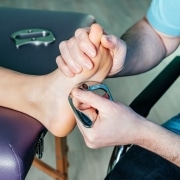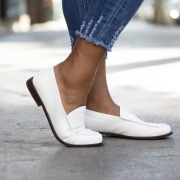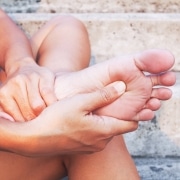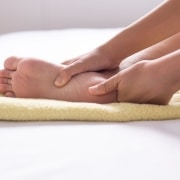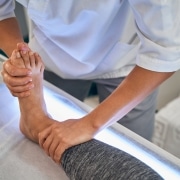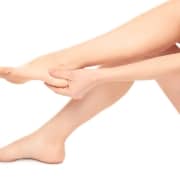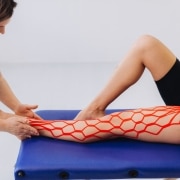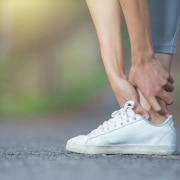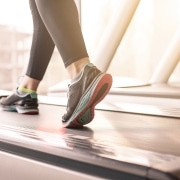3 Common Myths About Plantar Fasciitis
While plantar fasciitis may be common, it’s also sometimes misunderstood. The myths about the condition can unintentionally influence how people choose to react to the pain. Dr. Jeffrey Lamour is here to help dispel the misperceptions, so it’s easier to take action.
1. Is plantar fasciitis a torn muscle?
The plantar fascia isn’t a muscle, but a band that supports your arch. It actually runs over the top of the muscles on the sole of the feet. If it’s stretched too much, it will trigger pain under the heel of the foot.
2. Do heel spurs lead to plantar fasciitis?
A heel spur is a calcium build-up, and it’s not uncommon for people who have them to also have plantar fasciitis in Pflugerville, TX. However, the truth is that there’s no causal link between the two, and many people with spurs don’t suffer from any pain at all.
3. Is plantar fasciitis is hereditary?
Things like bunions can often be traced back through your hereditary lines, but plantar isn’t one of them. You’re most likely to suffer from it around the age of 50 (give or take a decade), though it can technically occur to anyone at any time.
Find a Podiatrist in Austin or Pflugerville, TX
Another myth about this condition is that there’s only so much that can be done about it. People might recommend some targeted stretches and then stop there. However, a qualified podiatrist in Austin, TX can devise a customized treatment plan to get you back on your feet. Dr. Jeffrey Lamour is here to diagnose and develop a solution to limit the discomfort and prevent it from happening again. If you’ve found this to be a recurring problem in your life, it’s time to contact our staff today for more information.



